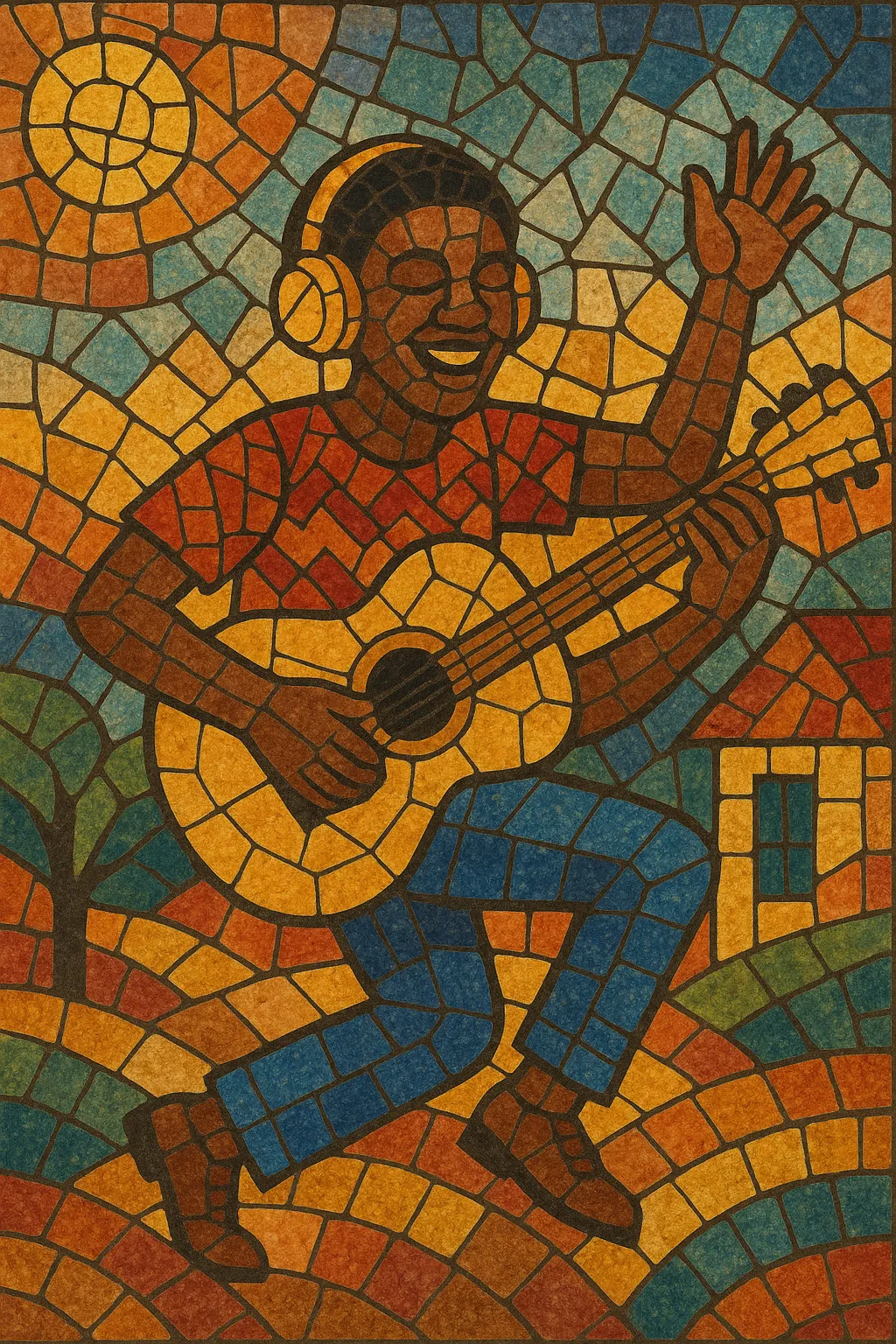
Township bubblegum is a South African urban dance‑pop style that emerged in the 1980s, blending disco and boogie production with township musical sensibilities and vocal traditions. It is characterized by bright synths, drum‑machine grooves, simple but irresistible melodies, and call‑and‑response hooks sung in English and South African languages such as Zulu, Xhosa, and Sotho.
Designed for parties, shebeens, and radio, the music favors mid‑tempo, four‑to‑the‑floor rhythms, synth‑bass ostinatos, crisp guitar chanks, and catchy choruses that repeat. While often celebratory, lyrics can carry subtle social commentary, reflecting everyday life under apartheid and the optimism of youth culture.
Township bubblegum arose in South Africa’s black urban townships as affordable synthesizers and drum machines became widely available. Artists and producers drew on disco and boogie’s dancefloor polish, fused it with the township lineage of marabi and local vocal practices, and packaged it as catchy radio‑friendly pop. Early landmarks included Sipho “Hotstix” Mabuse’s Burn Out (1983) and Brenda Fassie’s Weekend Special (1983), which set the template: neon synth lines, tight drum programming, and instantly memorable hooks.
The style quickly dominated South African popular music. Producers like Sello “Chicco” Twala crafted sleek, upbeat tracks for rising stars including Brenda Fassie and Yvonne Chaka Chaka. Bands and vocal groups such as Monwa & Sun, Splash, Dalom Kids, and The Big Dudes turned out a steady stream of hits that spoke to township life, romance, and weekend celebration. Bubblegum’s sound—mid‑tempo, four‑on‑the‑floor beats, synth bass, and call‑and‑response vocals—became the soundtrack of urban youth.
By the early 1990s, tempos slowed and house influences deepened, helping give birth to kwaito—a genre many consider bubblegum’s direct descendant. While bubblegum’s commercial peak faded, its songs remained staples of parties and radio, and its production aesthetic informed later South African pop and Afro‑R&B. International reissue labels and collectors in the 2000s–2010s helped spark a revival, highlighting township bubblegum’s pivotal role in the evolution from disco/boogie to kwaito and beyond.

